The Case 836D is the compact version of a motor grader for road construction - with an operating weight of 12 tons. As a smaller version within the product range, this machine is particularly suitable for the precise profiling of base layers, i.e. the gravel layers beneath the asphalt surface. The combination of robust design, digital machine control and intuitive operation via a three-axis joystick makes the 836D a high-precision machine for road construction substructures.
In a typical road construction, several layers of material are applied - the top layer, usually made of asphalt, followed by load-bearing gravel layers. These must be precisely shaped before the actual road surface can be built on top. This is where the Case 836D comes into play. With its central blade - the grader's central working tool - the material can not only be removed, but also evenly distributed and shaped to the desired form. The uniform height profile of the entire base course is crucial here.
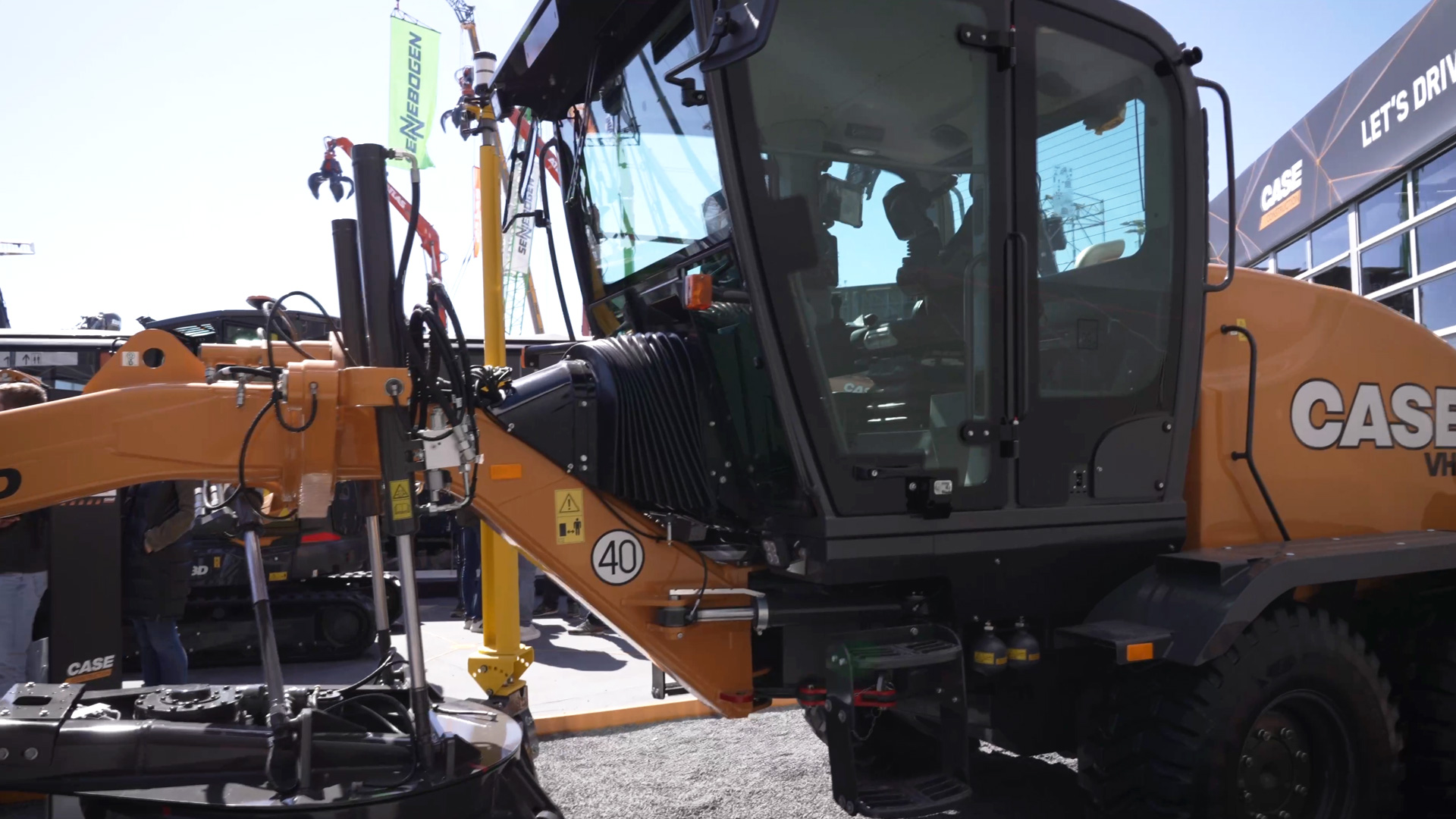
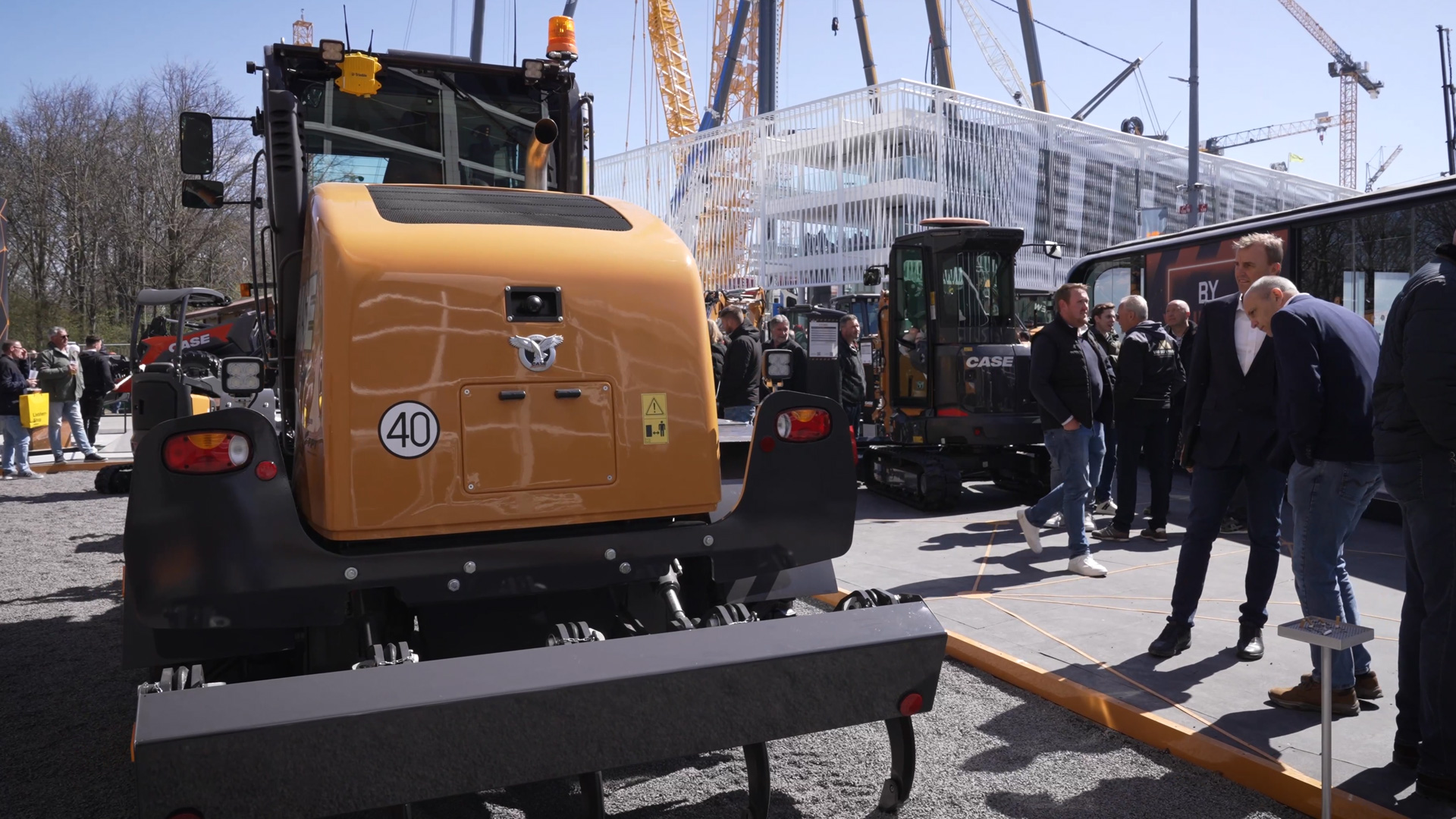
The size and maneuverability of the 836D make it particularly suitable for smaller construction sites or confined areas. Despite its compact design, the grader offers all the functions required for the precise processing of unbound material in the substructure. Control is either purely visual - the driver can see the blade directly in front of him - or digitally supported via a machine control system.
In the past, graders were operated using a so-called keyboard with ten levers - a complex, mechanical control system that required a lot of experience. In the Case 836D, this control system has been completely replaced by a modern joystick control system. The three-axis joystick allows movements in several directions as well as a rotary movement, which means that the blade can be controlled particularly sensitively and precisely. The operating concept follows a clear logic: all operating functions - such as the front blade, the rear ripper or the center coulter - are located on the right-hand side of the control panel. Driving functions such as articulated steering, steering and wheel camber are controlled on the left-hand side.
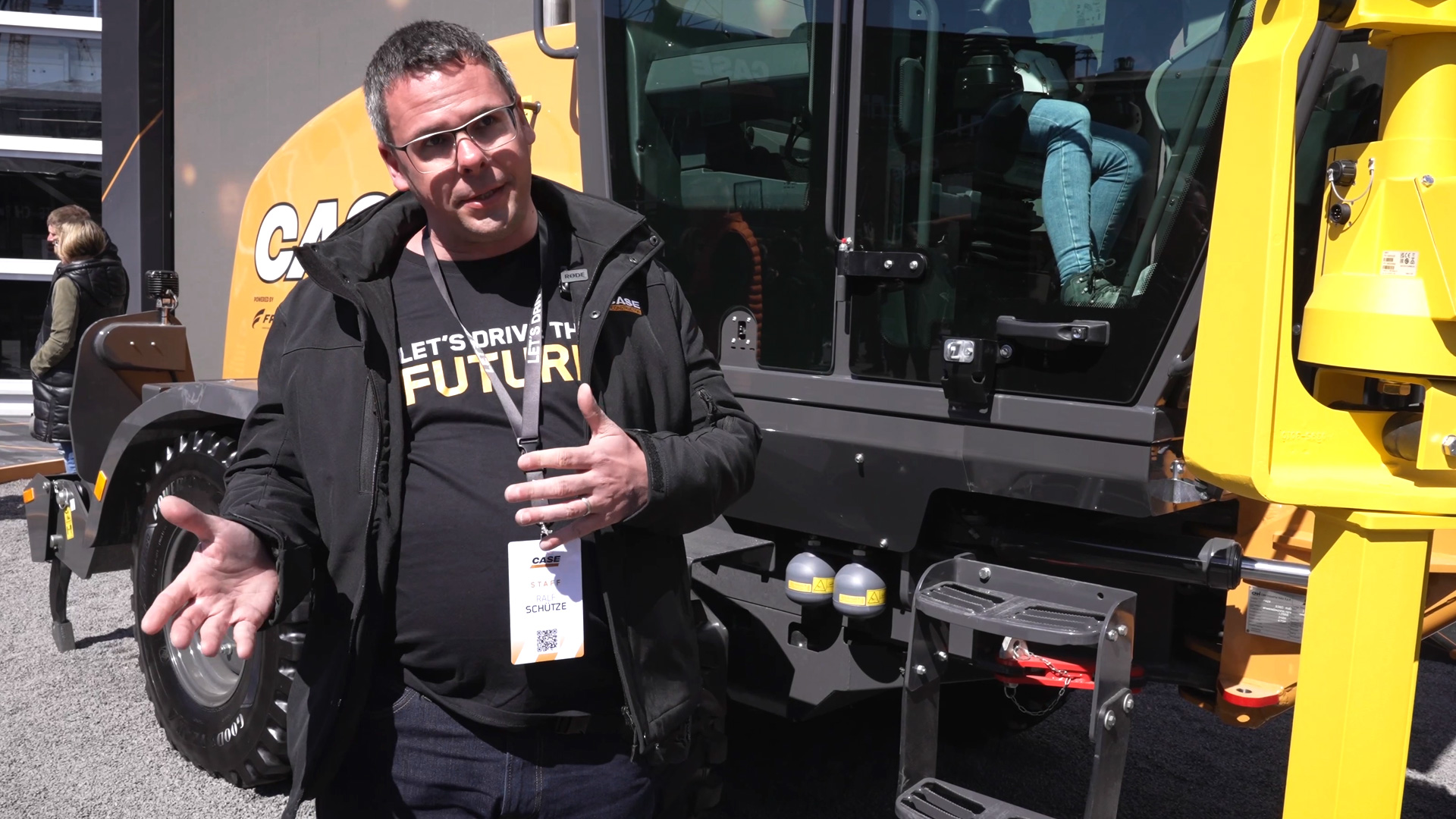
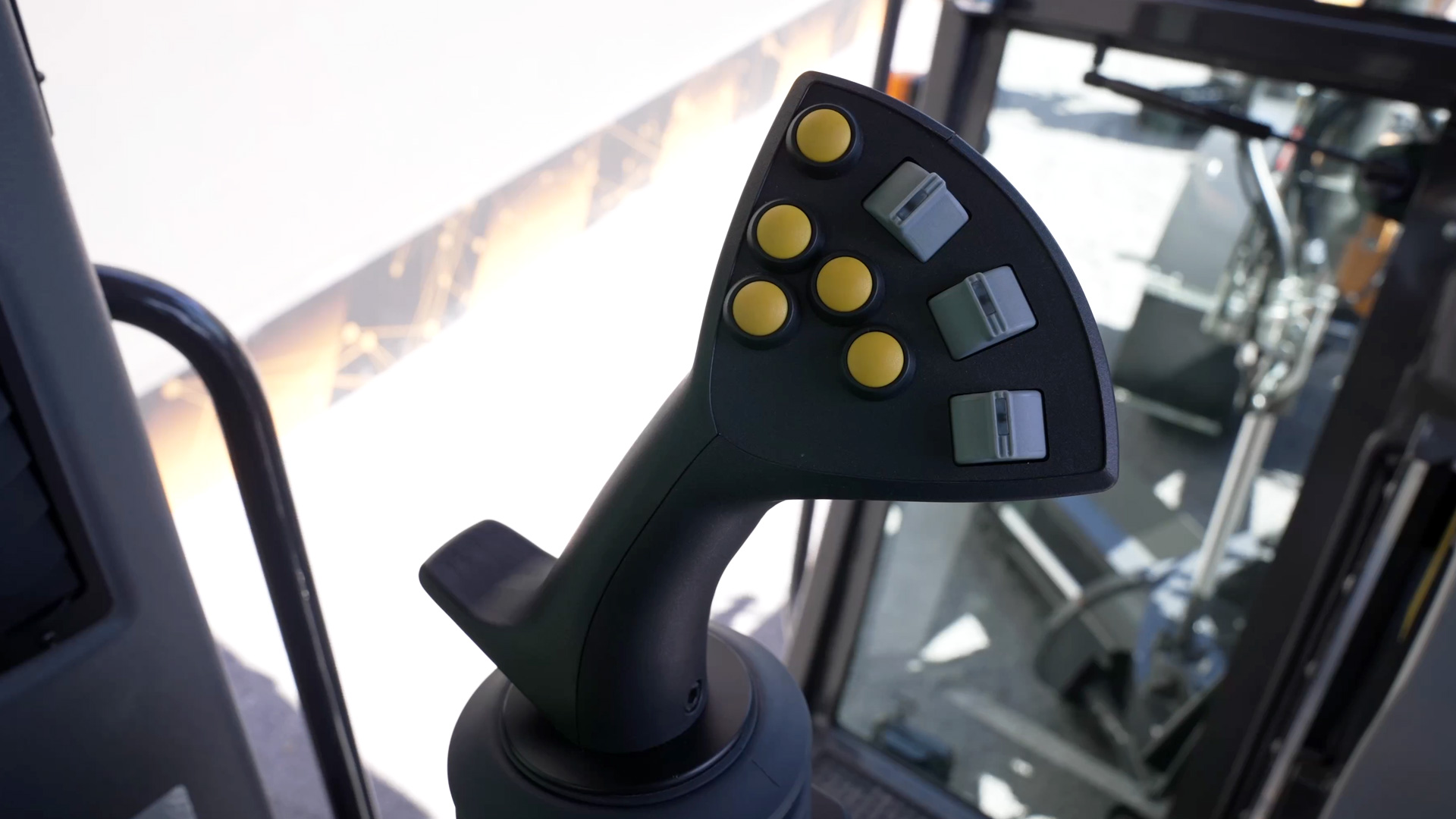
A special feature: As there is no ISO standard for graders, unlike excavators, Case has oriented itself to common practice and developed a system that places functions where they are intuitively expected. This ergonomic design reduces training time and increases safety at work. The two lifting cylinders are operated logically from either side - the left cylinder on the left, the right cylinder on the right. The driver always has a direct view of the coulter, can precisely assess its movement and correct it manually - for example, if more material needs to be removed or distributed elsewhere.

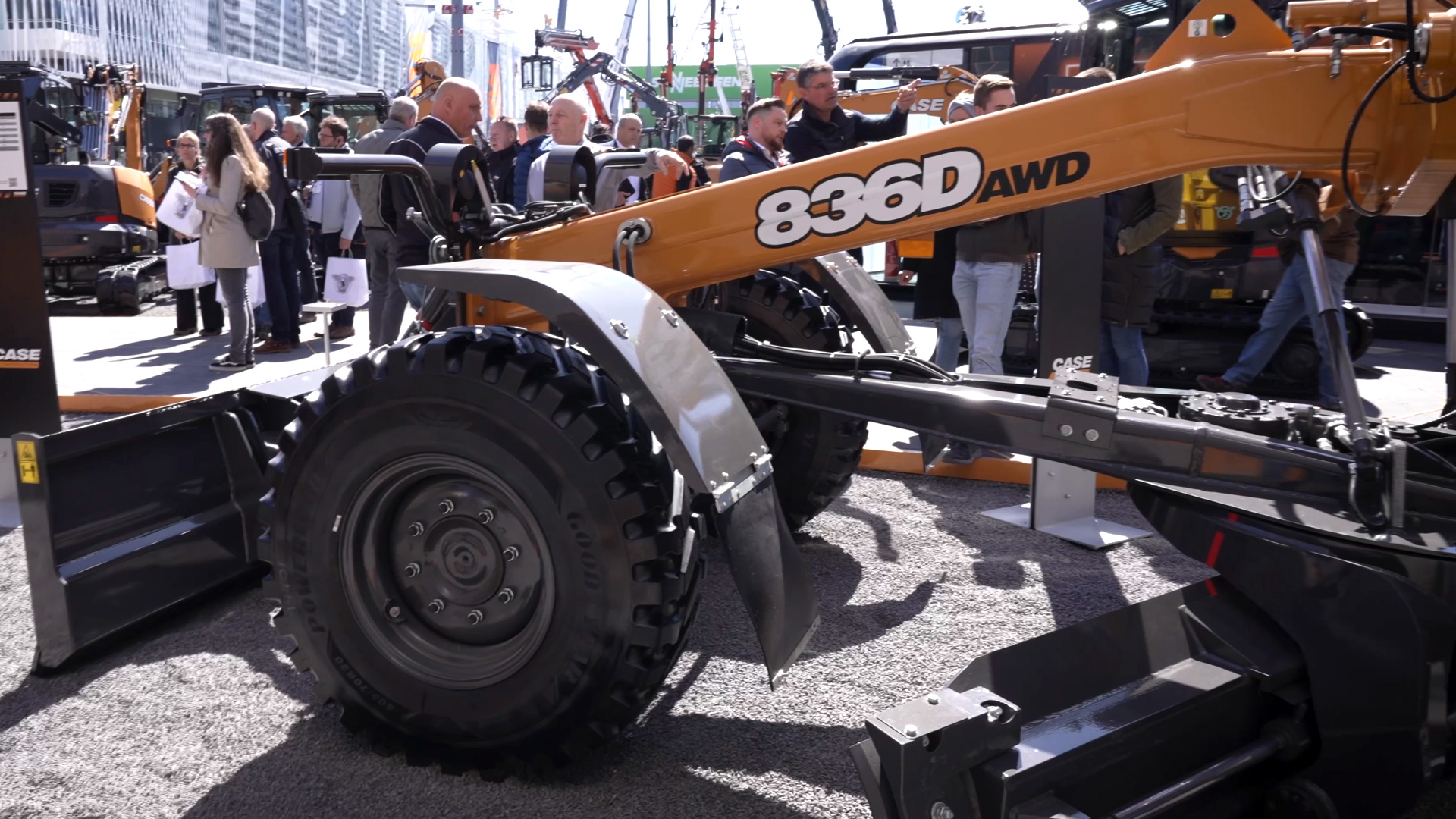
For tasks that require maximum precision, the Case 836D is equipped with a machine control system from Trimble. This allows a previously digitally recorded height profile to be loaded directly into the control system. The driver simply positions the coulter, activates the program - and the machine controls all movements independently: Raising, lowering, lateral shifting. In this way, the defined terrain model is precisely followed without manual readjustment.
This form of control does not replace a camera, but goes far beyond it: while a reversing camera only helps with maneuvering, digital machine control ensures reproducible results in complex terrain. This not only reduces the amount of material used, but also the time required for reworking and control measurements.